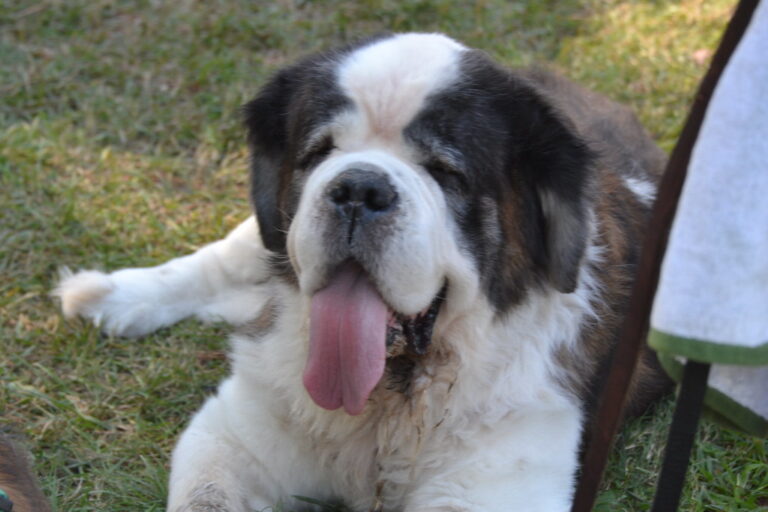10 Steps To Start A Career In K-9 Military Operations
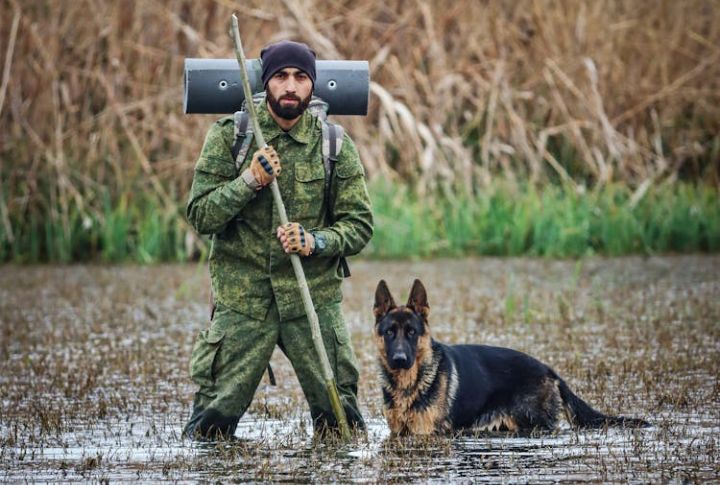
Working with military dogs requires a journey of preparation and perseverance for those who aspire to this challenging yet rewarding career. To become a K-9 handler, you’ll need to master physical, tactical, and technical skills that develop and evolve over time. Let’s break down the ten essential steps to joining this unique career.
Enlist Through An Approved Military Branch
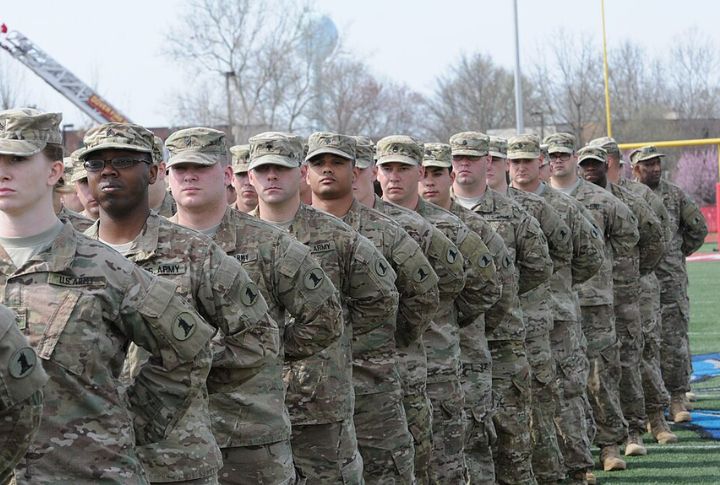
If you’re interested in being a K-9 handler, enlist in an approved branch like the Army or Air Force. This is your entry point into the career. Each branch has specific paths, but all require physical and mental readiness to ensure you’re suited for military operations involving dogs.
Meet Core Entry And Clearance Requirements
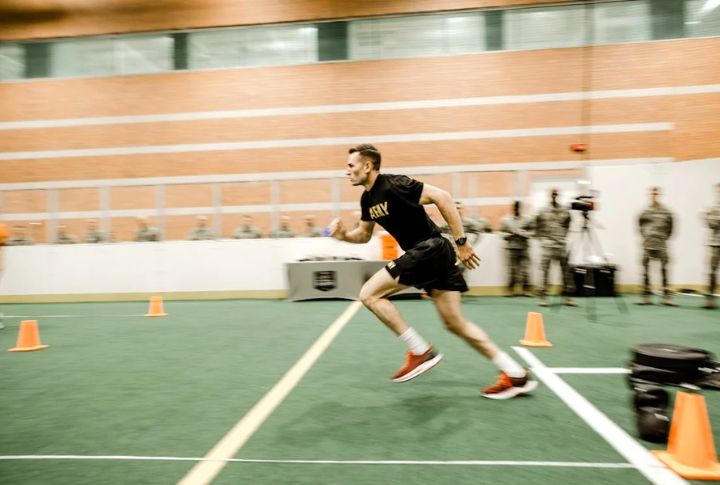
Before working alongside military dogs, you’ll need to pass medical screenings, background investigations, and aptitude assessments. These checks confirm your reliability in secure environments and measure your ability to handle the discipline and responsibility that come with serving on specialized canine teams.
Complete Basic Military Training Successfully
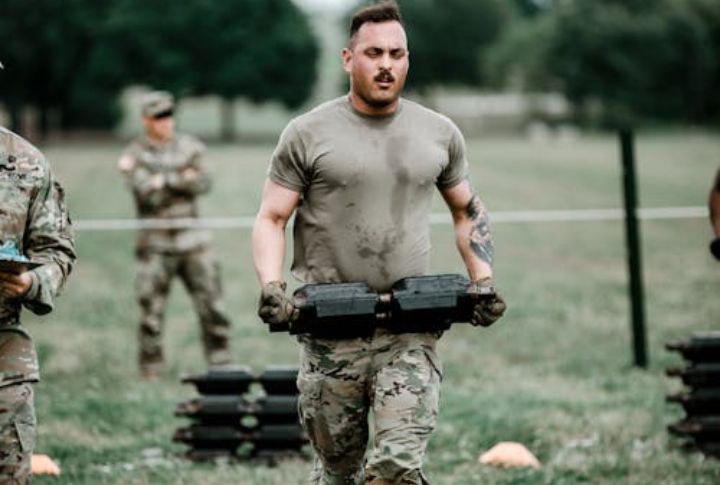
Before you can train with a dog, you must prove yourself through basic training. This phase tests your endurance, adaptability, and ability to follow orders under pressure. The experience shapes your mindset for military life, which lays the foundation for handling the demands of a canine partner in the future.
Enter The Navy’s Master-At-Arms Track
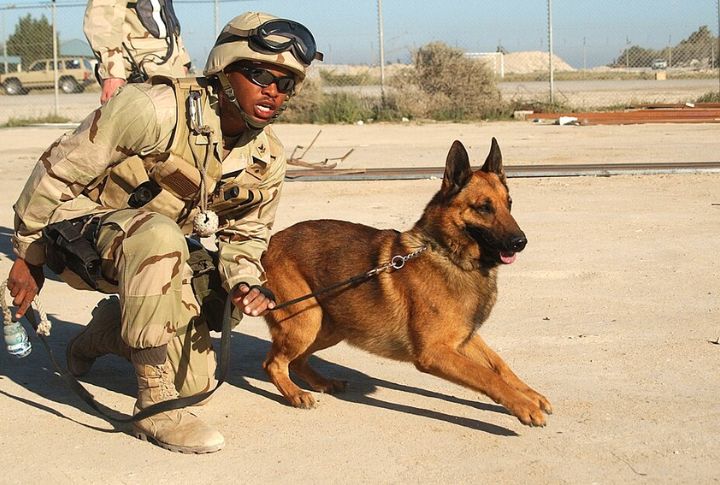
If you’re in the Navy, joining the Master-at-Arms program is your path to becoming a K-9 handler. This role focuses on security and law enforcement, often involving military working dogs. It provides the skills needed to support canine teams in military operations, which ensures readiness for missions.
Gain Patrol Or Security Field Experience
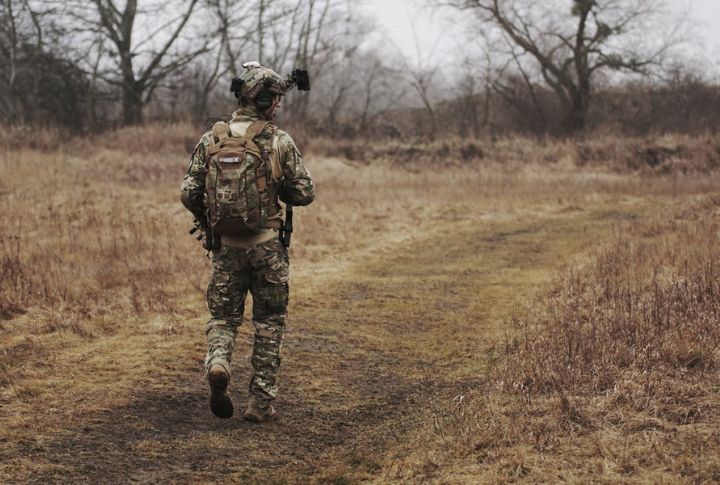
Serving in roles like military police or security helps you build the skills necessary for high-pressure situations, which are essential before transitioning into K-9 work. This hands-on experience exposes you to various tasks, like patrols and investigations, making it easier to understand how K-9 teams operate in real-world scenarios.
Apply For The Department Of Defense Handler Program

Once you’ve gained enough experience, apply for the Department of Defense Military Working Dog Handler Program. This competitive process involves fitness tests and psychological evaluations. Successful applicants are then trained specifically to handle military dogs. That prepares them for specialized tasks such as explosive detection or suspect apprehension.
Train At Lackland With A Certified Dog
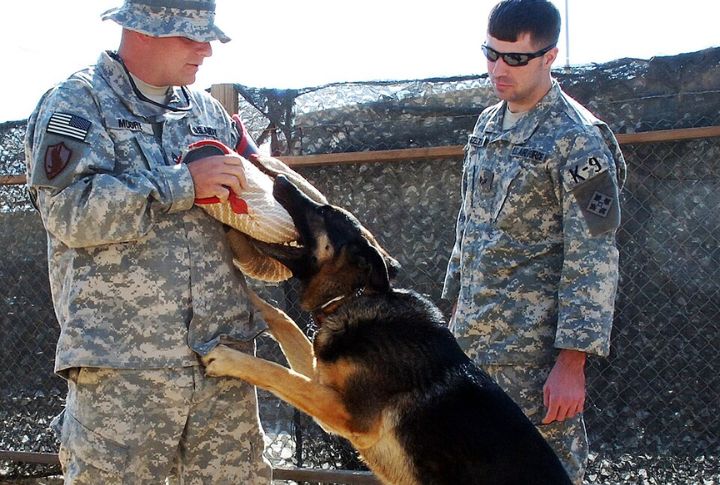
Lackland Air Force Base is where handlers are paired with certified military dogs for intensive training. This is where you refine the essential skills to build a solid partnership that ensures effective teamwork when you are under pressure, especially in high-stakes deployments where your bond will be tested.
Maintain The Dog’s Health And Readiness

As a handler, your dog’s health is your responsibility. To achieve peak performance, regular veterinary care, proper nutrition, and exercise must be consistently maintained. A healthy dog is absolutely critical for successful missions, so monitoring their physical and mental state ensures they remain ready for action at all times.
Learn Emergency First Aid For Injuries
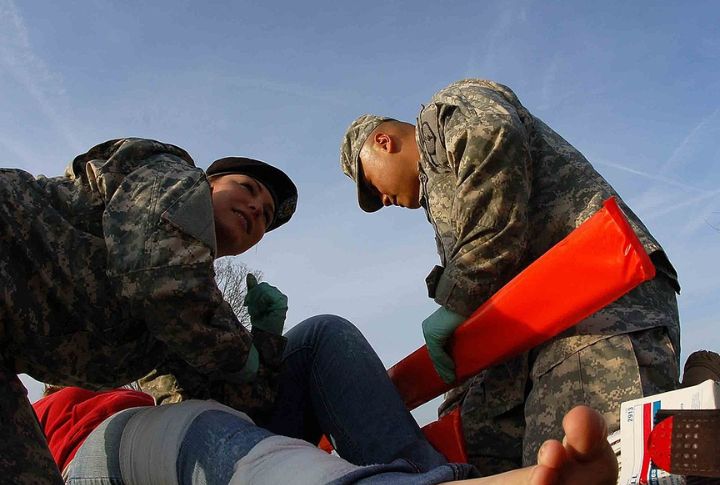
Swift action in providing first aid can be the difference in the success of the mission. This is why handlers are trained to address injuries. Whether it’s a small cut or a more severe issue, knowing how to act quickly is one way of protecting your dog’s well-being and readiness during critical moments.
Advance Into Specialized K-9 Roles

After establishing yourself as a handler, you can pursue advanced roles within K-9 operations, such as working with explosive detection dogs, combat tracking teams, or elite protection units. Some handlers transition into trainer or supervisor positions, guiding new recruits and helping develop canine training programs.

